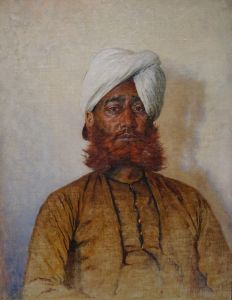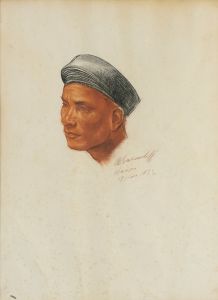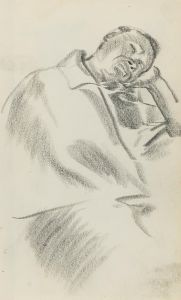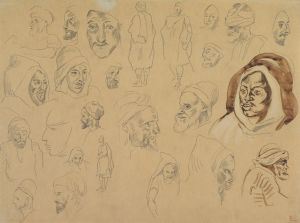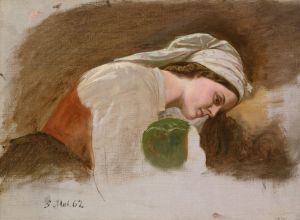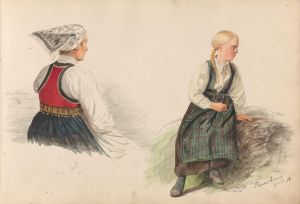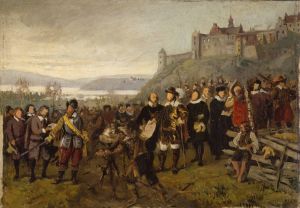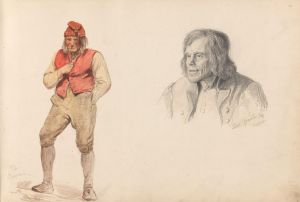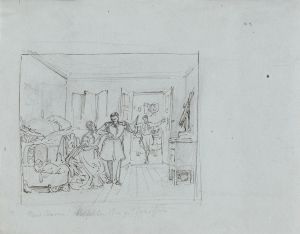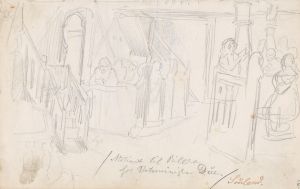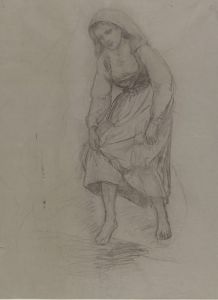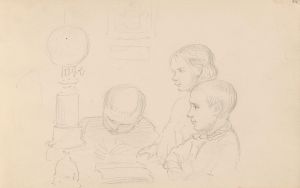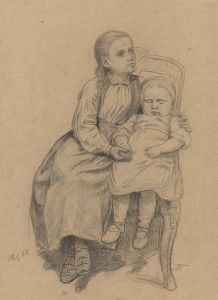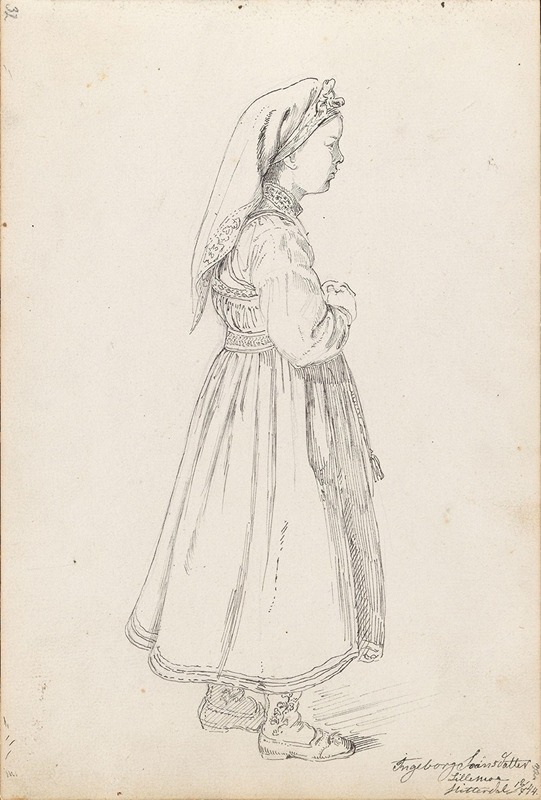
Ingeborg Svendsdatter Lillemoen, Heddal
A hand-painted replica of Adolph Tidemand’s masterpiece Ingeborg Svendsdatter Lillemoen, Heddal, meticulously crafted by professional artists to capture the true essence of the original. Each piece is created with museum-quality canvas and rare mineral pigments, carefully painted by experienced artists with delicate brushstrokes and rich, layered colors to perfectly recreate the texture of the original artwork. Unlike machine-printed reproductions, this hand-painted version brings the painting to life, infused with the artist’s emotions and skill in every stroke. Whether for personal collection or home decoration, it instantly elevates the artistic atmosphere of any space.
Adolph Tidemand was a prominent Norwegian painter known for his detailed and realistic depictions of rural life and traditional Norwegian culture in the 19th century. One of his notable works is "Ingeborg Svendsdatter Lillemoen, Heddal," which captures the essence of Norwegian folk culture and the everyday life of its people during that era.
Adolph Tidemand was born on August 14, 1814, in Mandal, Norway. He studied art in Copenhagen and later in Düsseldorf, Germany, where he became associated with the Düsseldorf school of painting. This school was known for its detailed and realistic style, which Tidemand adopted and adapted to his focus on Norwegian themes. His works often depicted scenes from Norwegian folklore, history, and rural life, making him a key figure in the national romantic movement in Norway.
"Ingeborg Svendsdatter Lillemoen, Heddal" is a painting that exemplifies Tidemand's interest in capturing the traditional Norwegian way of life. The painting is set in Heddal, a village known for its rich cultural heritage and the famous Heddal Stave Church, the largest stave church in Norway. While specific details about the painting "Ingeborg Svendsdatter Lillemoen, Heddal" are limited, it is consistent with Tidemand's broader body of work, which often focused on individuals in their traditional environments, showcasing their attire, customs, and daily activities.
Tidemand's paintings are characterized by their attention to detail and the ability to convey the cultural and emotional depth of his subjects. He often used his art to document and preserve Norwegian traditions at a time when the country was experiencing significant social and economic changes. His works served as a visual record of Norwegian heritage and were instrumental in fostering a sense of national identity.
Throughout his career, Tidemand collaborated with other artists, most notably Hans Gude, with whom he created several famous works, including "Bridal Procession on the Hardangerfjord." These collaborations further cemented his reputation as a leading figure in Norwegian art.
Adolph Tidemand's contribution to art extends beyond his paintings. He played a crucial role in the development of Norwegian art institutions and was a founding member of the Norwegian National Gallery. His works are still celebrated today for their historical significance and artistic merit.
"Ingeborg Svendsdatter Lillemoen, Heddal" remains an important piece within Tidemand's oeuvre, reflecting his dedication to portraying the authentic Norwegian experience. While specific information about this painting may be scarce, it is undoubtedly part of Tidemand's larger effort to capture and celebrate the cultural heritage of Norway through his art. His legacy continues to influence Norwegian art and culture, and his paintings are cherished for their ability to connect viewers with the past.





